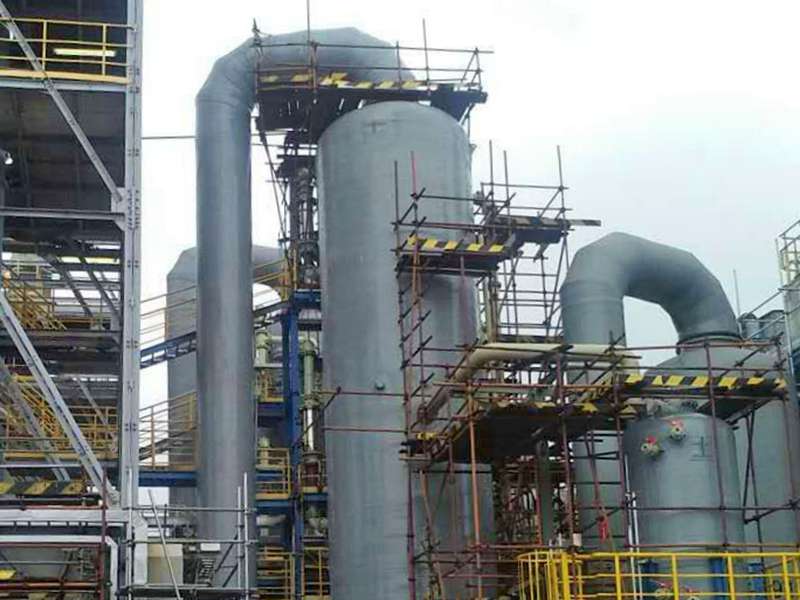
-
 Afrikaans
Afrikaans -
 Albanian
Albanian -
 Amharic
Amharic -
 Arabic
Arabic -
 Armenian
Armenian -
 Azerbaijani
Azerbaijani -
 Basque
Basque -
 Belarusian
Belarusian -
 Bengali
Bengali -
 Bosnian
Bosnian -
 Bulgarian
Bulgarian -
 Catalan
Catalan -
 Cebuano
Cebuano -
 China
China -
 China (Taiwan)
China (Taiwan) -
 Corsican
Corsican -
 Croatian
Croatian -
 Czech
Czech -
 Danish
Danish -
 Dutch
Dutch -
 English
English -
 Esperanto
Esperanto -
 Estonian
Estonian -
 Finnish
Finnish -
 French
French -
 Frisian
Frisian -
 Galician
Galician -
 Georgian
Georgian -
 German
German -
 Greek
Greek -
 Gujarati
Gujarati -
 Haitian Creole
Haitian Creole -
 hausa
hausa -
 hawaiian
hawaiian -
 Hebrew
Hebrew -
 Hindi
Hindi -
 Miao
Miao -
 Hungarian
Hungarian -
 Icelandic
Icelandic -
 igbo
igbo -
 Indonesian
Indonesian -
 irish
irish -
 Italian
Italian -
 Japanese
Japanese -
 Javanese
Javanese -
 Kannada
Kannada -
 kazakh
kazakh -
 Khmer
Khmer -
 Rwandese
Rwandese -
 Korean
Korean -
 Kurdish
Kurdish -
 Kyrgyz
Kyrgyz -
 Lao
Lao -
 Latin
Latin -
 Latvian
Latvian -
 Lithuanian
Lithuanian -
 Luxembourgish
Luxembourgish -
 Macedonian
Macedonian -
 Malgashi
Malgashi -
 Malay
Malay -
 Malayalam
Malayalam -
 Maltese
Maltese -
 Maori
Maori -
 Marathi
Marathi -
 Mongolian
Mongolian -
 Myanmar
Myanmar -
 Nepali
Nepali -
 Norwegian
Norwegian -
 Norwegian
Norwegian -
 Occitan
Occitan -
 Pashto
Pashto -
 Persian
Persian -
 Polish
Polish -
 Portuguese
Portuguese -
 Punjabi
Punjabi -
 Romanian
Romanian -
 Russian
Russian -
 Samoan
Samoan -
 Scottish Gaelic
Scottish Gaelic -
 Serbian
Serbian -
 Sesotho
Sesotho -
 Shona
Shona -
 Sindhi
Sindhi -
 Sinhala
Sinhala -
 Slovak
Slovak -
 Slovenian
Slovenian -
 Somali
Somali -
 Spanish
Spanish -
 Sundanese
Sundanese -
 Swahili
Swahili -
 Swedish
Swedish -
 Tagalog
Tagalog -
 Tajik
Tajik -
 Tamil
Tamil -
 Tatar
Tatar -
 Telugu
Telugu -
 Thai
Thai -
 Turkish
Turkish -
 Turkmen
Turkmen -
 Ukrainian
Ukrainian -
 Urdu
Urdu -
 Uighur
Uighur -
 Uzbek
Uzbek -
 Vietnamese
Vietnamese -
 Welsh
Welsh -
 Bantu
Bantu -
 Yiddish
Yiddish -
 Yoruba
Yoruba -
 Zulu
Zulu
FRP Walkway Solutions | Durable & Lightweight Fiberglass Reinforced Plastic Walkways
Exploring the Benefits of FRP Walkways A Modern Solution for Safe and Durable Walkways
In today’s fast-paced world, ensuring safety and durability in construction is paramount. One of the innovative materials that have gained popularity in recent years for building walkways is Fiber Reinforced Polymer (FRP). This composite material, made of a polymer matrix reinforced with fibers, provides a range of benefits that make it an excellent choice for various applications, particularly in environments where traditional materials may fall short.
.
One of the most notable advantages of FRP walkways is their corrosion resistance. In environments exposed to harsh chemicals or saltwater, traditional materials often succumb to corrosion, leading to costly repairs and safety hazards. FRP's inherent resistance to chemical attack ensures a longer lifespan, significantly reducing maintenance costs. Industries such as maritime, oil and gas, and wastewater management can greatly benefit from this feature, as it allows for safer and more sustainable operations.
frp walkway

Safety is another critical aspect where FRP walkways excel. The surface of FRP can be designed to be slip-resistant, enhancing traction even in wet or oily conditions. This property is particularly important in industrial settings, where workers face various hazards. By minimizing slip risks, FRP walkways contribute to a safer work environment, helping to prevent workplace accidents and injuries.
Furthermore, FRP walkways offer versatility in design. They can be manufactured to fit specific requirements, allowing for creative and functional solutions tailored to the unique needs of a project. With various colors, textures, and thicknesses available, FRP walkways can seamlessly blend with their surroundings while still serving their primary purpose.
Environmental sustainability is also a key consideration in modern construction. FRP materials can often be produced with a lower environmental footprint compared to traditional options. Their longevity means fewer replacements and repairs, which contributes to lower resource consumption over time. Additionally, many FRP products are recyclable, offering a more environmentally friendly solution.
In conclusion, FRP walkways present a modern, effective solution for industries and applications requiring durability, safety, and resilience. As construction practices continue to evolve, the adoption of materials like FRP highlights the importance of innovation in creating safer and more efficient infrastructure. Whether for industrial sites, pedestrian pathways, or any other application, the benefits of FRP walkways are increasingly hard to ignore, positioning them as a top choice in contemporary construction.









